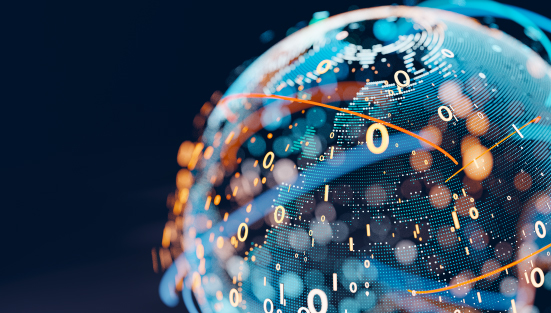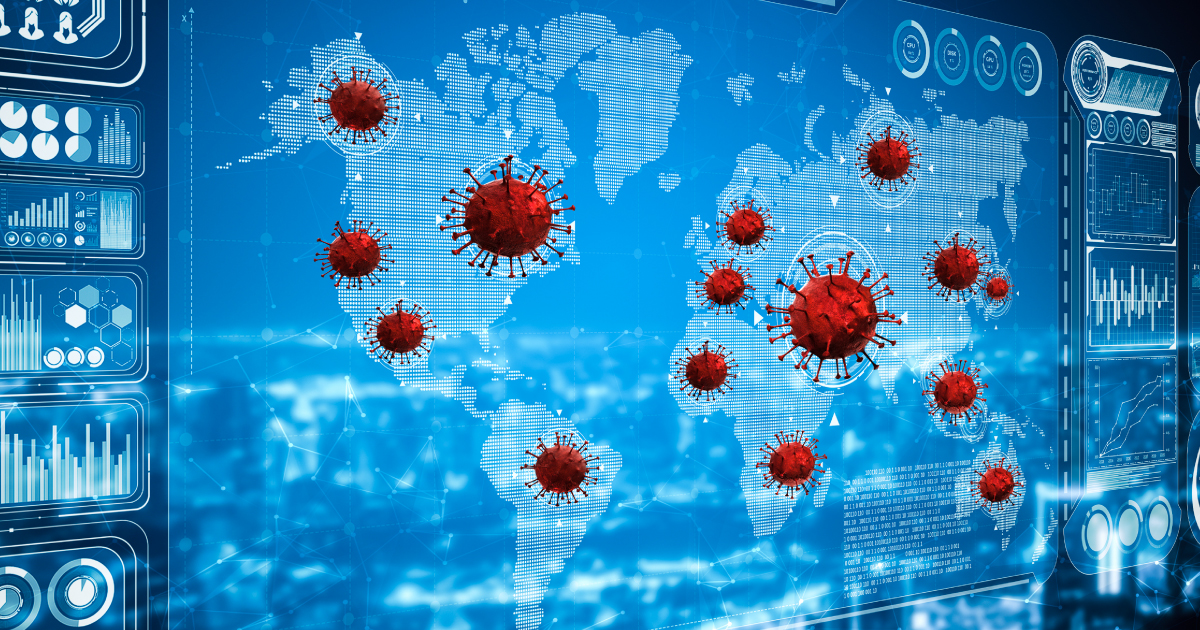BIG DATA and COVID-19
When we hear the term Big Data, the first question that comes to mind is what is big data and how big it is? With advancement of technology enormous amount of data are getting generated. For example, every smartphone generates huge amount of data per day and there are billions of smartphones in the world. A National Institute of Standards and Technology report defined big data as consisting of “extensive datasets—primarily in the characteristics of volume, velocity, and/or variability—that require a scalable architecture for efficient storage, manipulation, and analysis.” Big data means huge, complex and variety of data that cannot be handle by traditional databases.

During the pandemic: During the outbreak of Covid-19, huge amount of data was generated in government and private sectors. This included Covid-19 test reports, clinical data of Covid-19 patients, travel records, various strains of the virus etc. How can the data be used? How can we extract information to help us in fighting the pandemic? Well, the answer lies in big data analytics and data mining. With the right tools and resources, we can extract useful information from the data which can help in decision making to fight the pandemic.
Big Data: As technology advances, we have various tools that can be used to extract data, store it, process it and draw useful information. We can categorize the leading big data technologies into the following:
- Data storage
Hadoop is one of the most popular frameworks for storing and processing data.
- Data mining
Presto is an open-source and a distributed SQL query engine developed to run interactive analytical queries against huge-size data sources.
- Data analytics
Apache Kafka is a popular streaming platform which is primarily known for its three core capabilities – publisher, subscriber, and consumer.
- Data visualization
Tableau is one of the fastest and the most powerful data visualization tools which helps in analyzing data at a very fast speed. It helps in understanding data by creating visualization and insights in the form of dashboards and worksheets.
How can big data technologies help fighting Covid-19 pandemic?
- Predicting risk of infection: It is important to know if you are at risk of infection or not in such a pandemic. With the help of Big data, we can take preventive measures and prepare to fight the disease. With the help of data analysis and machine learning models we can predict which location, age, community, etc. are likely risk factors.
- Forecasting real time spread:
It can be used to predict the spread of Covid. Using big data and ML we can forecast hot spots and safe zones.

- Contact tracing: According to WHO, people in close contact with someone who is infected is at a higher risk. Closely watching these contacts after exposure to an infected person will help the contacts to get care and treatment and will prevent further transmission of the virus. Smartphones are popular and powerful devices and very handy to collect data from. Contact tracing can use smartphone apps to effectively contain COVID-19.
- Monitoring patient health: Monitoring health status is very crucial. During the pandemic hospitals are overcrowded, hospital staff overwhelmed, and proper monitoring of patient health can be challenging. Using advance medical equipment and powered by big data and machine learning, the status of patient can be monitored with lesser number of staff. Data can be stored using big data technology and real time health can be monitored.
Conclusion: The big data analytics has accelerated the process of tracking, prediction, diagnosis, and prognosis that has facilitated health workers, scientists, epidemiologists, and policy makers to make informed decisions in fighting COVID-19. This exponentially increasing data can be relied upon to prevent future catastrophes.
By NIELIT Imphal


